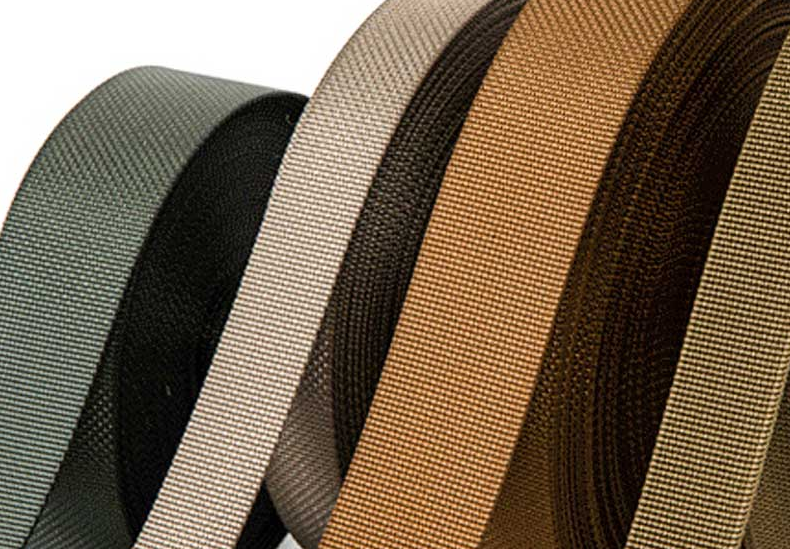
Flat Nylon Webbing is a strong, dyeable, fast drying webbing that is commonly used for outdoor gear, dog leashes, and industrial rigging and markers. With its excellent strength-to-weight ratio, flexibility, and resistance to wear and abrasion, it is a popular choice in crane rigging, slings, and heavy duty tie-downs and towing. But in order to employ flat nylon webbing correctly, it’s important to be aware of its bearing strength and what can impact it.
Flat nylon webbing is a robust and durable woven material made from a blend of nylon or synthetic nylon fibers. It typically comes in widths ranging from 1/2 inch to 4 inches and can support a surprisingly heavy load for its size. Nylon is favored for its high tensile strength, resistance to mildew and UV rays, and longevity in dynamic or tension applications. It is particularly well-suited for marine environments and heavy industrial use.
The load-bearing strength of flat nylon webbing is determined by a variety of factors. The width and thickness of the webbing is the most important characteristic — wider and thicker webbing will support heavier loads in general. Pattern and quality of weave count too. A tighter, more even weave also provides better strength and durability. They also result in less performance due to a poor environment. Over time, nylon fibers will be degraded by UV, water, and chemical exposure, and their load bearing capacity will be compromised.

One very important difference in strength ratings to understand with webbing is breaking strength and working load limit (WLL). Breaking strength is the maximum force a material can sustain (without failure), measured in pounds or kilonewtons. In comparison, the WLL is the maximum load that can be applied during normal use, usually between 4-7 depending on usage.
In the home and outdoors, flat nylon webbing is used in a variety of scenarios, each with different weight demands:
Check the webbing before each use to ensure safety. Check for fraying, cuts, UV discoloration, or chemical burns. Hang and store the webbing in a cool, dry place away from sunlight and chemicals. If the webbing’s working life (WLL) exceeds the limit, or is subjected to shock loads, even if it is below the limit, it may cause the webbing to break.
In the hands of someone who understands its load limits, the power of flat nylon webbing cannot be underestimated. Understanding the working load and breaking strength, assessing the environment, and performing proper maintenance can help users balance performance and safety in any application. Safety is of utmost importance when working with load-bearing equipment.